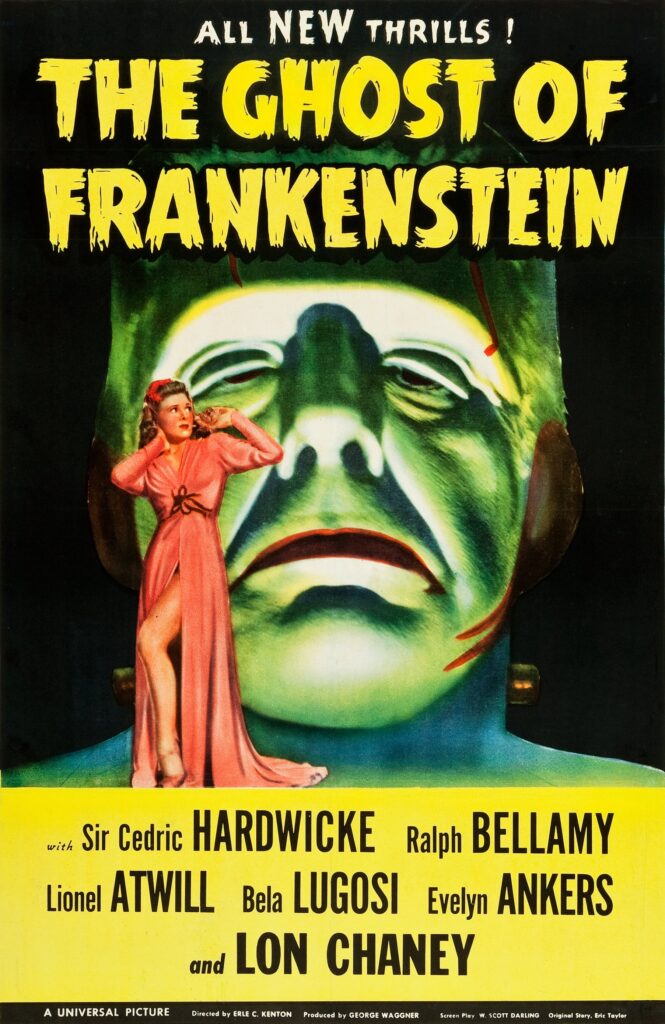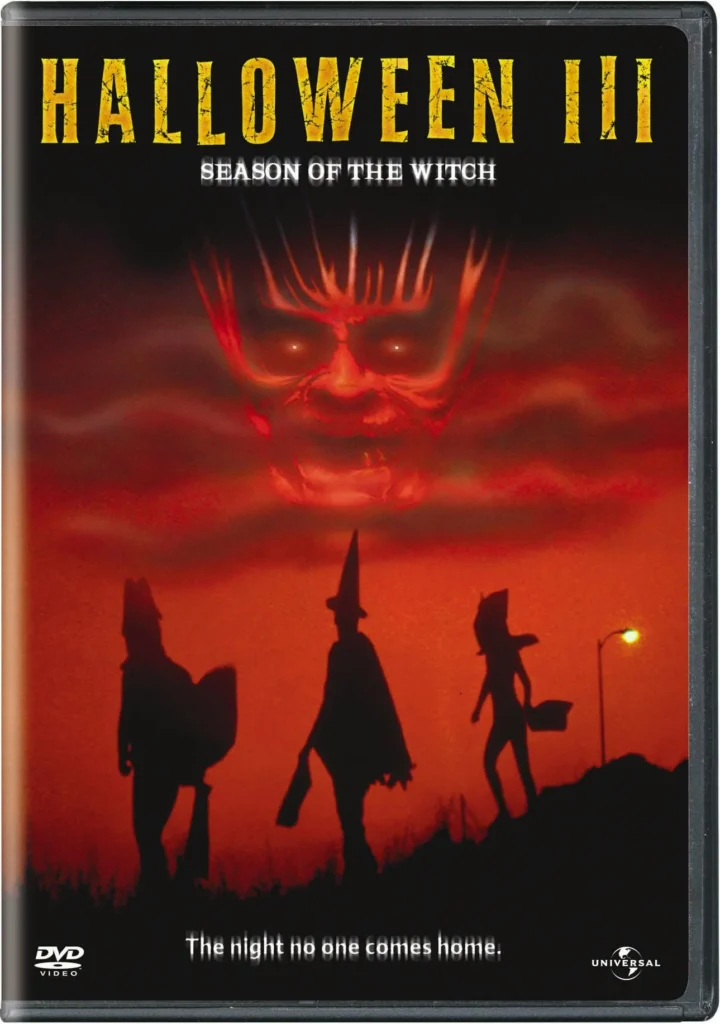The Ghost of Frankenstein (1942): A Pivotal Chapter in the Monster Legacy – Film Review

“The Ghost of Frankenstein” (1942) stands as an intriguing entry in Universal’s classic monster movie pantheon. Directed by Erle C. Kenton and penned by W. Scott Darling, this fourth installment in the Frankenstein series attempts to navigate the challenging waters of legacy and innovation, bringing back the iconic monster in a narrative that seeks to explore new thematic ground while adhering to the formula that had made the franchise a cornerstone of the horror genre.
A Legacy Revisited
Following the events of “Son of Frankenstein” (1939), “The Ghost of Frankenstein” presents a narrative pivot by focusing on Ludwig, the second son of the infamous Dr. Henry Frankenstein, portrayed with a compelling mix of resolve and ethical turmoil by Sir Cedric Hardwicke. Ludwig is drawn into the Frankenstein legacy when Ygor (Bela Lugosi), a character whose presence further binds the series’ continuity, brings the monster (Lon Chaney Jr.) to him with a plea to restore the creature’s strength and mind.
Bridging the Past and Future
The film’s plot is a testament to the series’ effort to bridge its established lore with new directions. The introduction of brain transplantation as a means to pacify the monster introduces both a fresh scientific quandary and a moral dilemma, enriching the Frankenstein mythos with questions about identity and the essence of humanity. This narrative choice reflects the era’s fascination with scientific advancements and their potential consequences, a theme that remains a hallmark of the Frankenstein series.
Lon Chaney Jr.’s Monster
Taking over the role from Boris Karloff, Lon Chaney Jr.’s portrayal of the Frankenstein monster is noteworthy for its physicality and emotional depth. Chaney, leveraging his experience in roles that required significant makeup and prosthetics, brings a nuanced vulnerability to the creature, distinguishing his performance from Karloff’s while honoring the character’s legacy. The behind-the-scenes effort to transition the monster’s portrayal involved Chaney undergoing extensive makeup sessions under the direction of Jack Pierce, Universal’s renowned makeup artist, who had designed the iconic look for Karloff.
Production Challenges and Triumphs
Producing “The Ghost of Frankenstein” presented unique challenges, particularly in terms of maintaining the series’ high standards within the constraints of a lower budget and the absence of Boris Karloff. The production team, led by Kenton, navigated these challenges by focusing on atmospheric set design and innovative lighting to retain the Gothic feel of its predecessors. The use of miniatures and practical effects, especially in scenes depicting the laboratory and the final climactic sequence, showcased the creative ingenuity of the film’s crew.
Thematic Depth and Ethical Quandaries
At its core, “The Ghost of Frankenstein” delves into themes of legacy, redemption, and the ethical boundaries of science. Ludwig’s struggle with his father’s legacy and the monster’s quest for acceptance and peace are narrative threads that explore the complexities of inheritance and the consequences of human ambition. The film’s exploration of these themes, while not as deeply as in earlier entries, adds a layer of philosophical contemplation to the horror and suspense.
Cultural Impact and Legacy
While “The Ghost of Frankenstein” may not have reached the iconic status of “Frankenstein” (1931) or “Bride of Frankenstein” (1935), its impact on the series and the broader monster movie genre is undeniable. It paved the way for further sequels, expanding the universe of Universal’s monsters and cementing the Frankenstein series’ place in cinematic history. The film’s contribution to the evolving narrative of the Frankenstein monster and its exploration of the consequences of man’s quest to conquer nature continue to resonate with audiences and filmmakers alike.
Reflecting on the Monster’s Journey
“The Ghost of Frankenstein” stands as a pivotal chapter in the saga of one of cinema’s most enduring characters. Through its blend of Gothic horror, ethical dilemmas, and a continued exploration of the Frankenstein legacy, the film offers a compelling continuation of a story that has captivated audiences for generations. Its place in the annals of horror cinema is a testament to the enduring allure of the Frankenstein mythos and Universal’s ability to reimagine and revitalize its monsters for new audiences.




